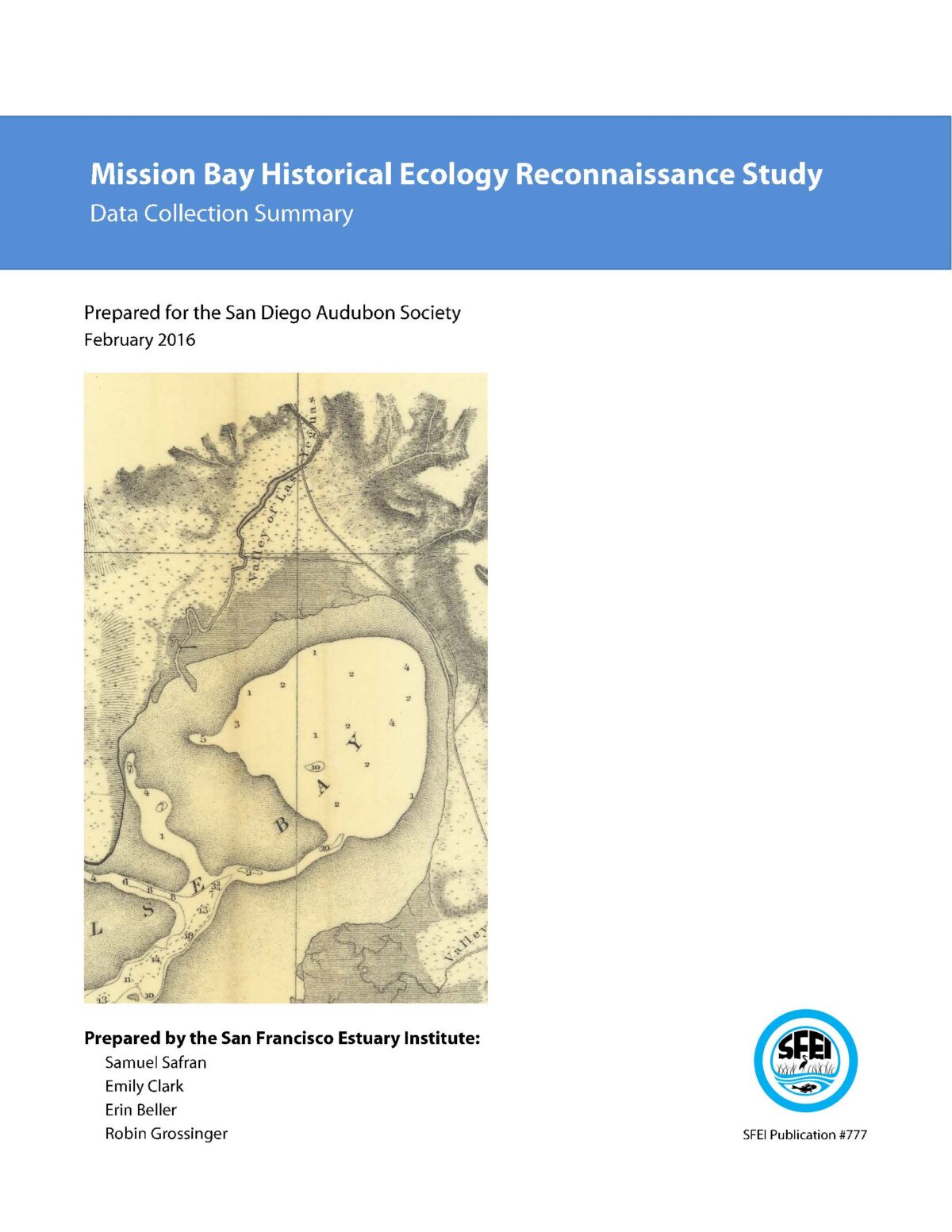
The goals of the Mission Bay Historical Ecology Reconnaissance Study were to collect and compile high-priority historical data about the Mission Bay landscape, identify sources that could help to develop a deeper understanding of early ecological conditions, and to identify future possible research directions based on the available data. This technical memorandum is intended to document the archives … Continue reading “Mission Bay Historical Ecology Reconnaissance Study: Data Collection Summary (Technical Report)”
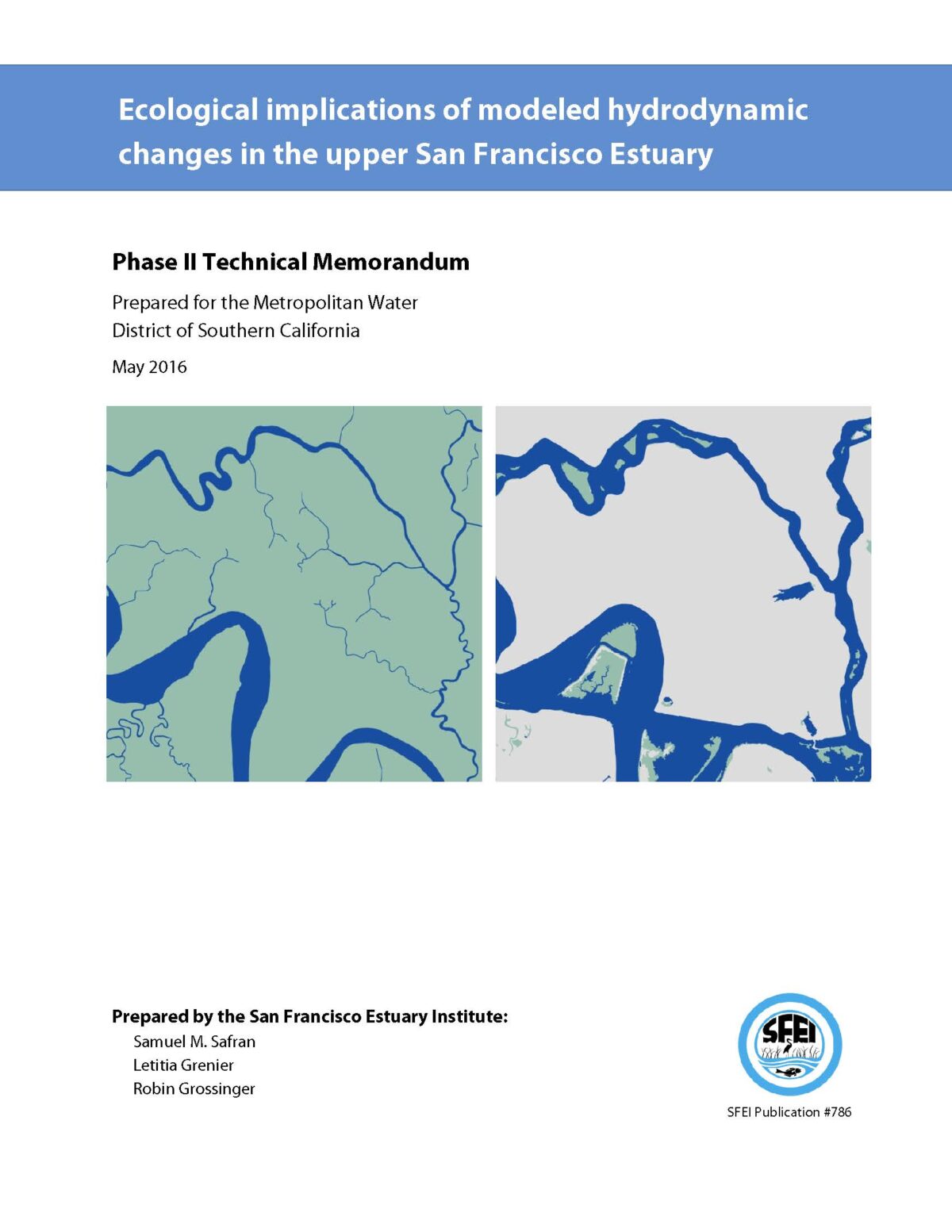
Understanding how the pre-development upper San Francisco Estuary supported native wildlife is challenging because our current understanding of local wildlife ecology is largely based on the profoundly altered modern landscape. This difficulty is compounded by the dynamic nature of the upper estuary’s aquatic habitats, which naturally experience tremendous temporal variability, largely due to the region’s … Continue reading “Ecological implications of modeled hydrodynamic changes in the upper San Francisco Estuary”
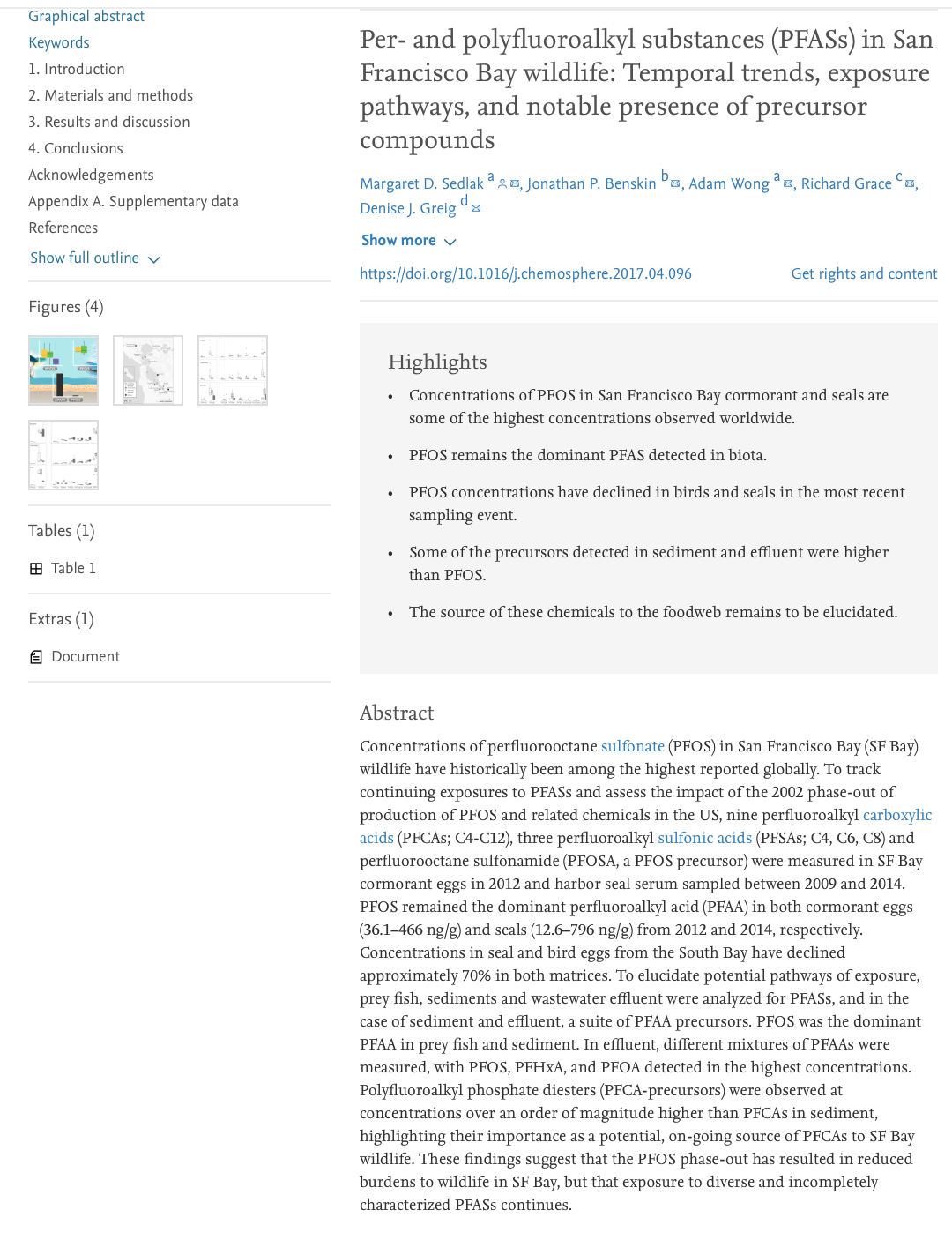
Concentrations of perfluorooctane sulfonate (PFOS) in San Francisco Bay (SF Bay) wildlife have historically been among the highest reported globally. To track continuing exposures to PFASs and assess the impact of the 2002 phase-out of production of PFOS and related chemicals in the US, nine perfluoroalkyl carboxylic acids (PFCAs; C4-C12), three perfluoroalkyl sulfonic acids (PFSAs; … Continue reading “Per- and polyfluoroalkyl substances (PFASs) in San Francisco Bay wildlife: Temporal trends, exposure pathways, and notable presence of precursor compounds”
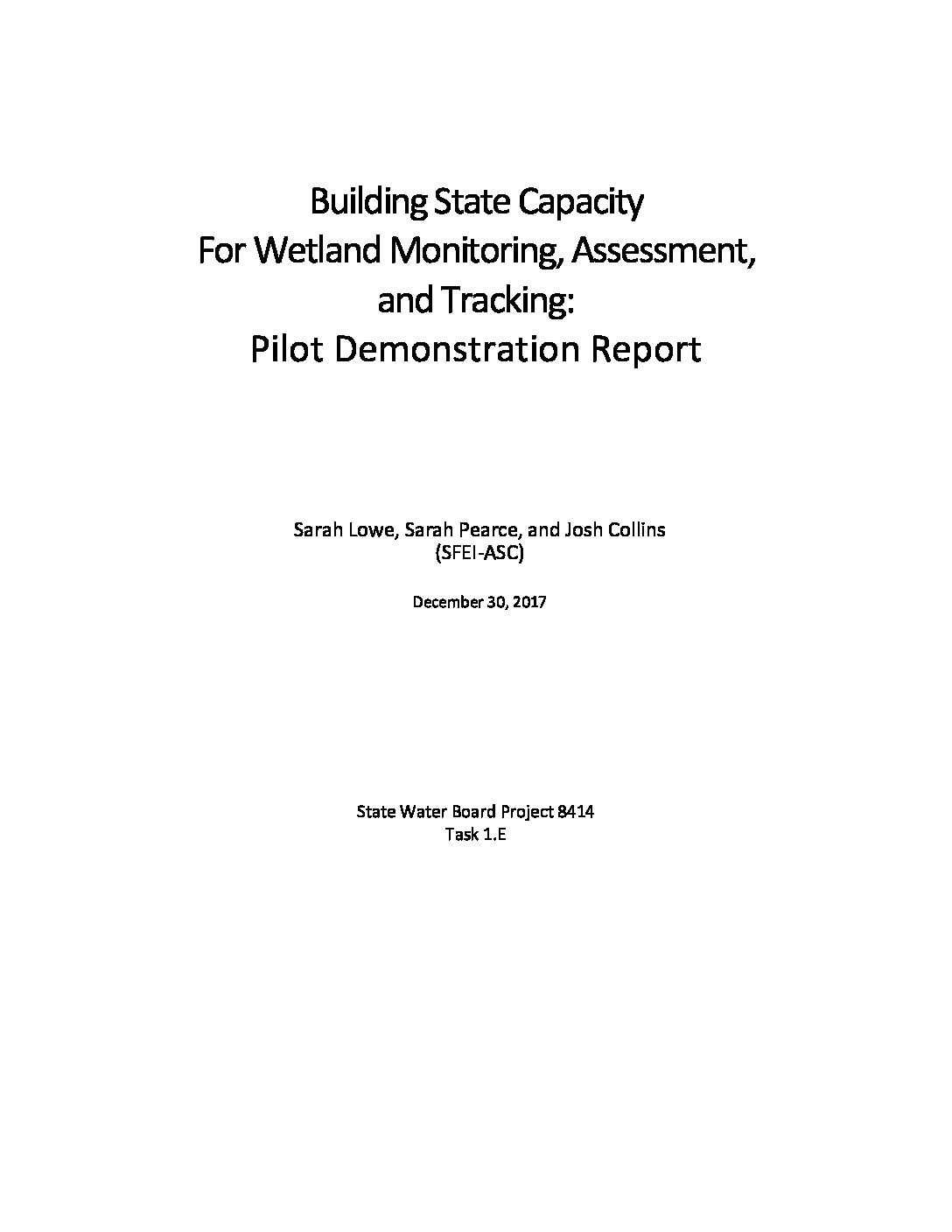
This summary memorandum presents technical recommendations to the 401 Certification and Waste Discharge Program (401 Program) of the State Water Resources Control Board (State Board) for a coherent, scientifically sound, repeatable, watershed approach to wetland restoration site evaluation, compliance monitoring and assessment, and Tracking. The recommendations are drawn from the previous four memoranda produced for … Continue reading “Demonstration of a Watershed Approach to Wetland Restoration Planning for Load Reductions: A Pilot Demonstration Project Using GreenPlan-IT in the Santa Rosa Plain, Sonoma County, California”
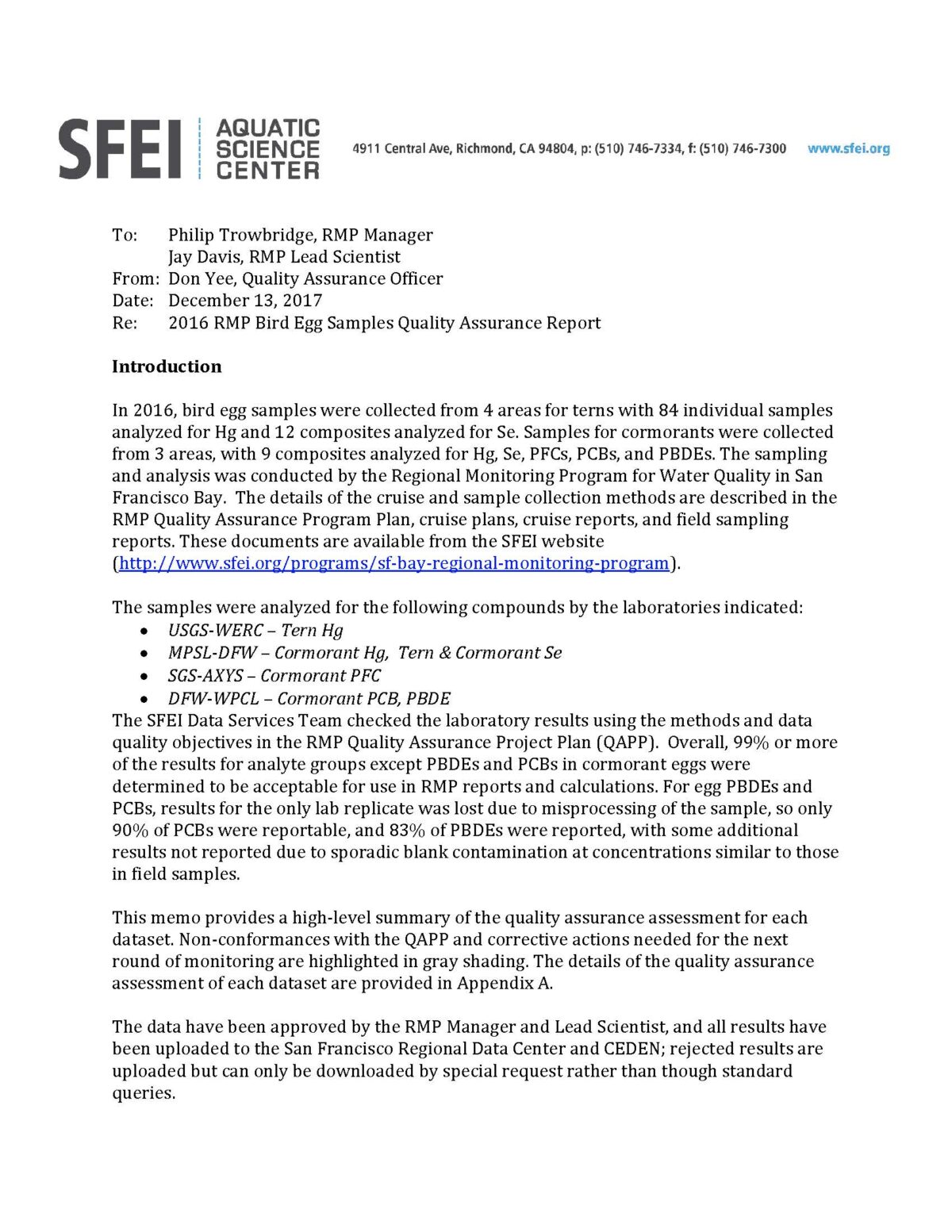
In 2016, bird egg samples were collected from 4 areas for terns with 84 individual samples analyzed for Hg and 12 composites analyzed for Se. Samples for cormorants were collected from 3 areas, with 9 composites analyzed for Hg, Se, PFCs, PCBs, and PBDEs. The sampling and analysis was conducted by the Regional Monitoring Program … Continue reading “2016 Regional Monitoring Program (RMP) Bird Egg Samples Quality Assurance Report.”
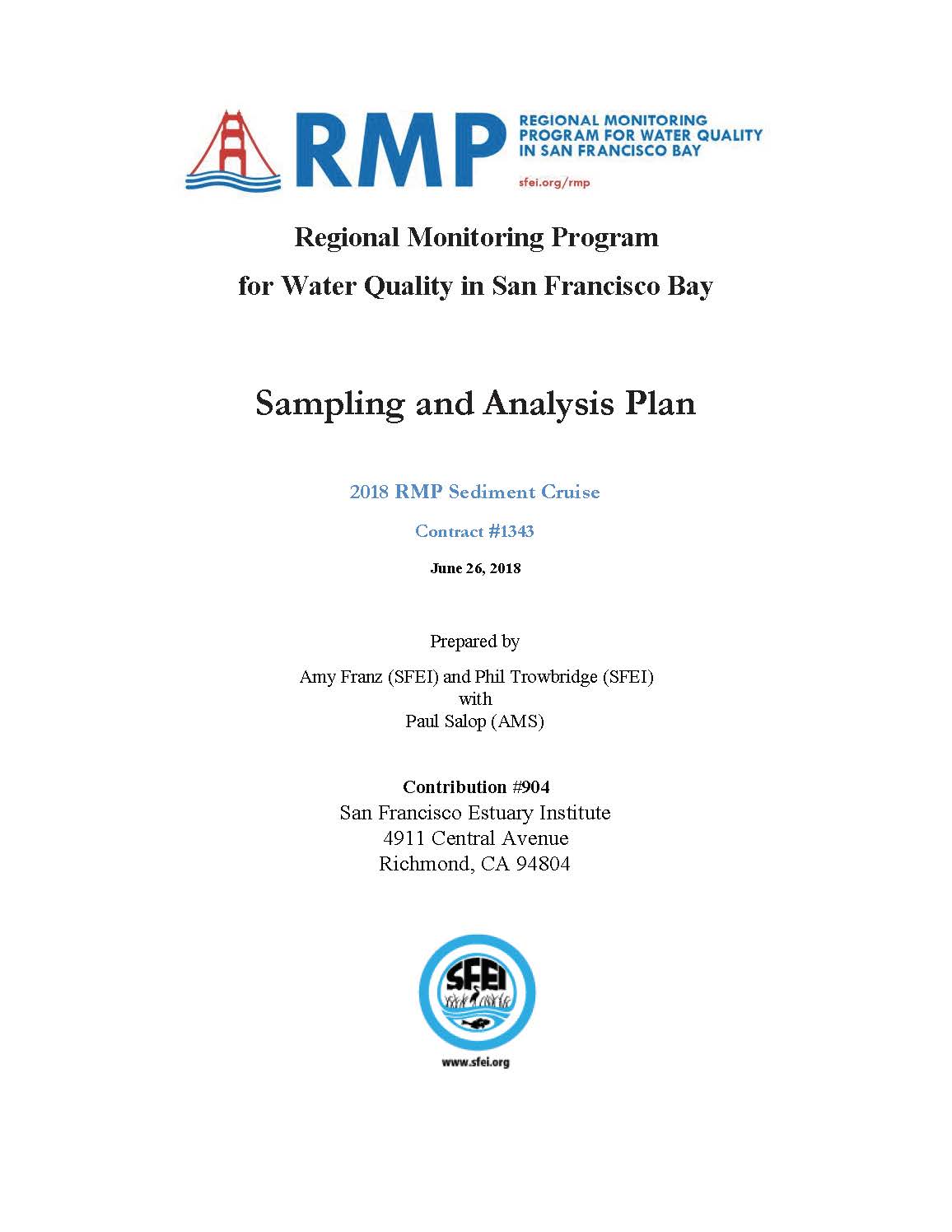
This report details plans associated with the annual Regional Monitoring Program for Water Quality in the San Francisco Estuary (RMP) sediment cruise. The Regional Monitoring Program through the Status and Trends conducts routine monitoring of water, sediment and biological tissue. The current study design calls for monitoring of water and bivalves every two years and sediment every four … Continue reading “2018 RMP Sediment Sampling and Analysis Plan”
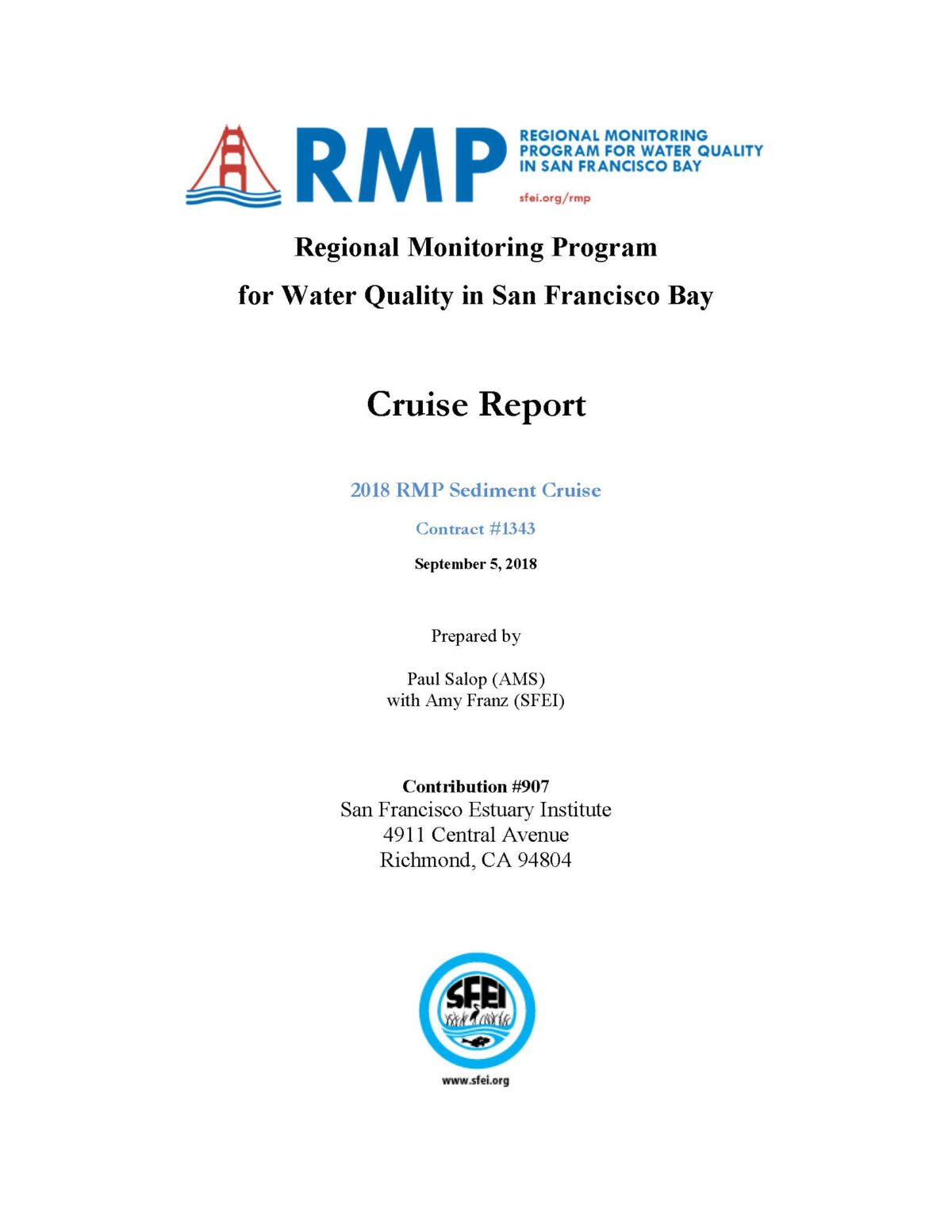
This report outlines details from the annual Regional Monitoring Program for Water Quality in the San Francisco Estuary (RMP) sediment cruise, conducted August 14 – 21, 2018. The Regional Monitoring Program conducts routine monitoring of water, sediment and biological tissue. The current study design calls for monitoring of water and bivalves every two years and … Continue reading “2018 Regional Monitoring Program (RMP) Sediment Cruise Report”

The Regional Monitoring Program for Water Quality in San Francisco Bay (RMP) monitors concentrations of contaminants in bird egg tissue as an indicator of water quality. In 2018, the RMP will collect bird egg samples from various locations in the Bay as part of routine Status and Trends Monitoring. The target species will be Double-crested Cormorants and Forster’s … Continue reading “2018 Regional Monitoring Plan (RMP) Bird Egg Monitoring Sampling and Analysis Plan”
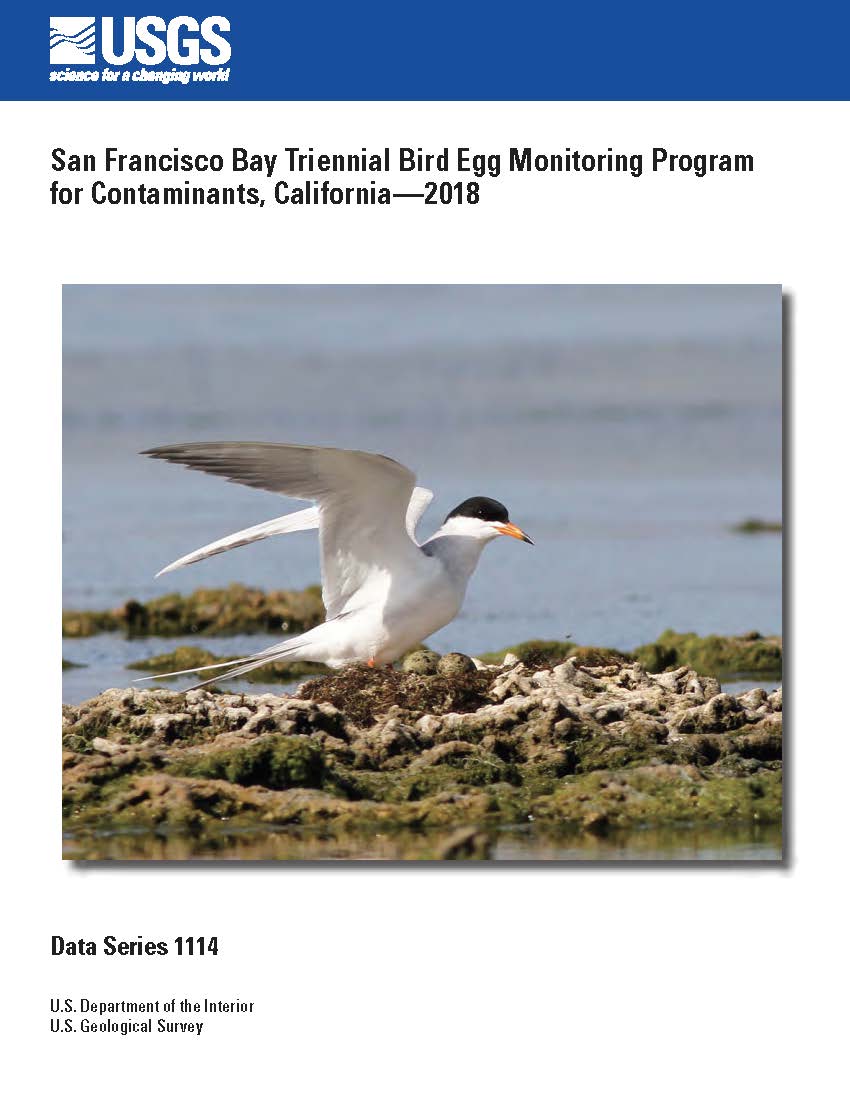
The Regional Monitoring Program for Water Quality in San Francisco Bay (RMP), administered by the San Francisco Estuary Institute, is a large-scale effort to monitor contaminant trends in water, sediment, fish, and birds throughout San Francisco Bay (San Francisco Estuary Institute, 2016). As part of the RMP and the U.S. Geological Survey (USGS) long-term Wildlife … Continue reading “San Francisco Bay Triennial Bird Egg Monitoring Program for Contaminants, California—2018”

This memorandum summarizes geologic analysis performed for the Ventura River Watershed (VRW) by Daniel B. Stephens & Associates, Inc. (DBS&A) in support of numerical model development. The geologic analysis presented herein will be used, in conjunction with other information as described in the project Study Plan (Geosyntec and DBS&A, 2019), to assign three-dimensional model layer … Continue reading “Geologic Analysis, Ventura River Watershed”









